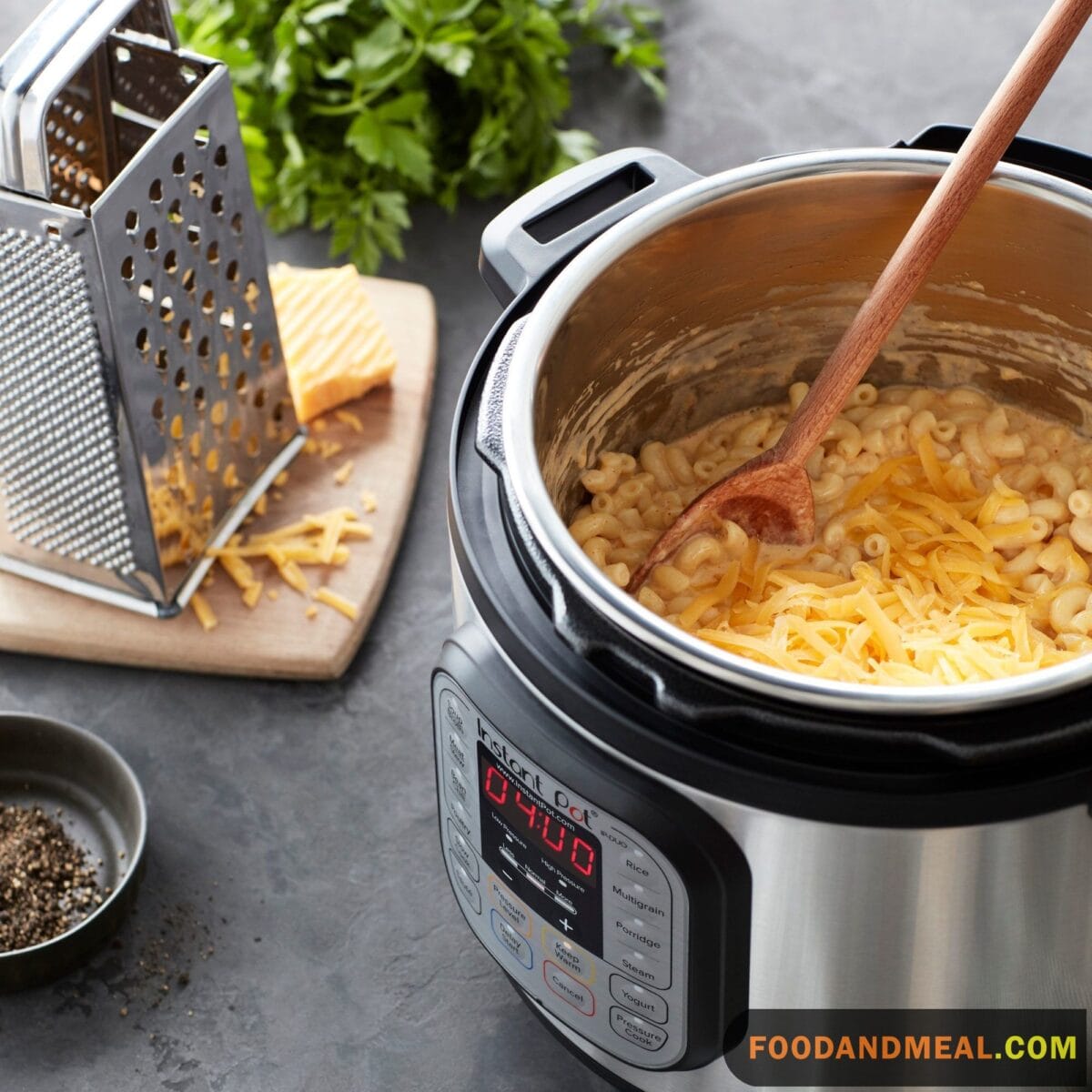When I reminisce about my journeys, Thailand holds a special place in my heart. The street-side stalls, the aroma of the bustling night markets, the symphony of flavors in every bite—it’s hard not to get whisked away. My hands have crafted numerous dishes over the years, but there’s an undeniable charm in the simplicity and flavor profile of Thai Rice Noodles. Today, I want to pull back the curtain on this beloved dish and share with you a piece of my heart, and a spoonful of my soul.
Thai rice noodles is a flexible ingredient for many Thai dishes. If you’re looking for the best variant, try to buy for the fresh noodles. However, it can’t find any, dry noodles is just okay. Cooking for any Thai dish that requires the presence of Thai rice noodles, you must first separately prepare the noodles. After cooking the noodles, you may set them aside and continue in cooking the rest of the ingredients for your chosen dish.
Thai Rice Noodles Recipe
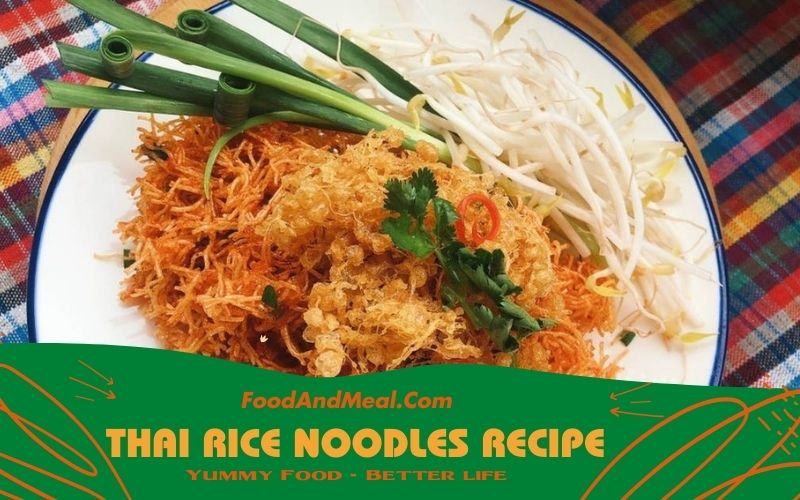
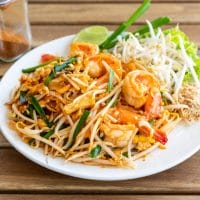
Thai Rice Noodles
Equipment
Ingredients
- 1 box Thai rice noodles dry
Instructions
- Put a large pot with water onto a medium-high flame and boil. Take note that the water should be enough to completely submerge the rice noodles.
- As the water boils, drop the Thai rice noodles.
- Cook the noodles according to the instructions which can be read at the package. However, the key here is to cook the noodles until they are just slightly hard or what we call, “al dente.” It will be cooked further as you transfer it into the wok where you will cook the other ingredients of your dish.
- Remove the noodles from the water, transferring them into a large colander. Now, if your recipe requires you to immediately transfer the freshly boiled noodles into the wok, then do so. Set aside if you have different steps to follow.
Video
Notes
- Fresh noodles are easily spoiled so cook them within a couple of days since the purchase date. Be conscious about the date of expiry for the noodles. Just in case that the date of expiration is not indicated, ask the grocer about it.
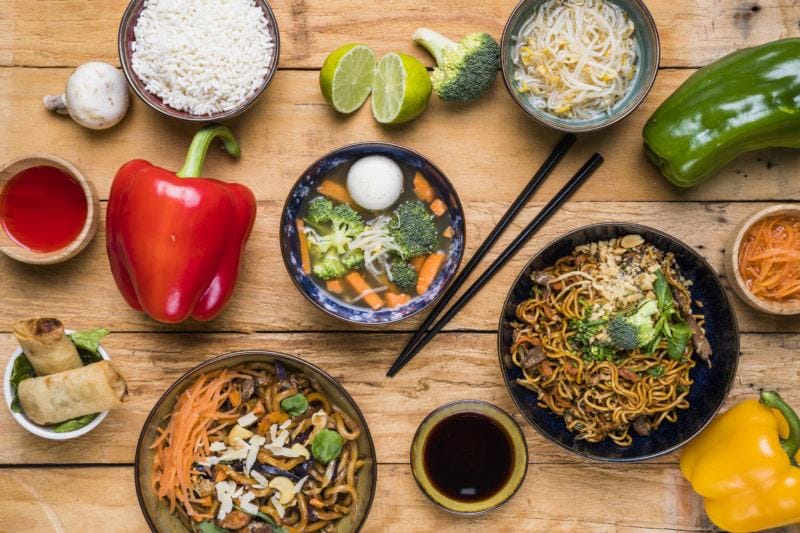
Nutrition
© Food And Meal
This website provides approximate nutrition information for convenience and as a courtesy only. Nutrition data is gathered primarily from the Spoonacular Database, whenever available, or otherwise other online calculators.
Creating Thai Rice Noodles Using a Pressure Cooker: The Modern Twist
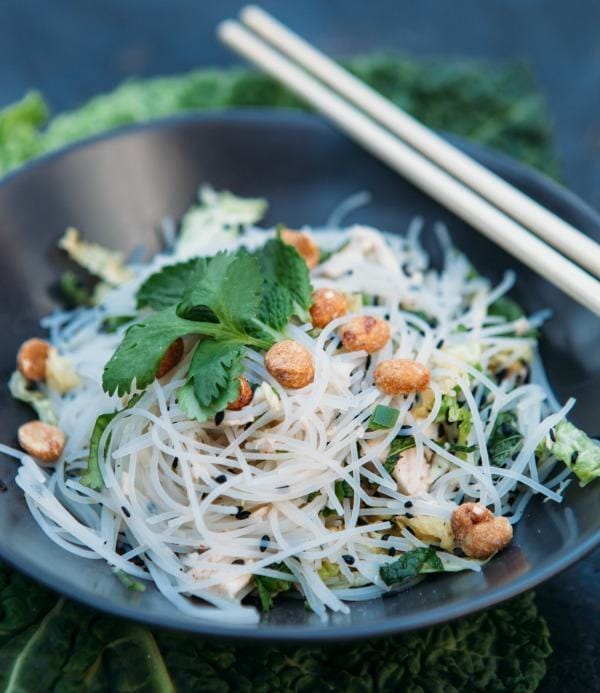
The allure of Thai Rice Noodles lies in their simplicity, yet achieving the right texture can sometimes be a balancing act. Enter the pressure cooker. This appliance, typically used for dishes requiring extended cook times, can also be the secret weapon for a quick and delicious Thai Rice Noodles dish. Let’s explore this innovative approach.
To create a delicious batch of Thai Rice Noodles in your pressure cooker, begin by soaking the noodles in cold water for approximately 20 minutes to ensure they maintain their al dente texture during cooking. While the noodles soak, take the time to slice your vegetables and protein evenly, promoting uniform cooking. Once prepared, set your pressure cooker to sauté mode, adding a touch of oil followed by your chosen protein, sautéing until partially cooked. Toss in the sliced vegetables, giving them a quick stir to retain their desired crunchiness. Drain the soaked noodles and add them to the pressure cooker, along with your Thai seasoning ingredients such as soy sauce, fish sauce, tamarind paste, and any other preferred flavors, ensuring everything is well mixed. Close the lid and set the pressure cooker to low pressure for a brief 2-minute infusion of flavors while preventing the noodles from turning mushy. Upon completion, perform a quick release of the pressure, opening the lid to add fresh herbs and give the dish a final stir. Plate your Thai Rice Noodles, garnishing with chopped peanuts and serving alongside lime wedges for an added burst of flavor. With each forkful, savor the delightful combination of tender noodles infused with vibrant Thai flavors, providing a culinary experience that’s both comforting and invigorating.
Tips for making Thai Rice Noodles
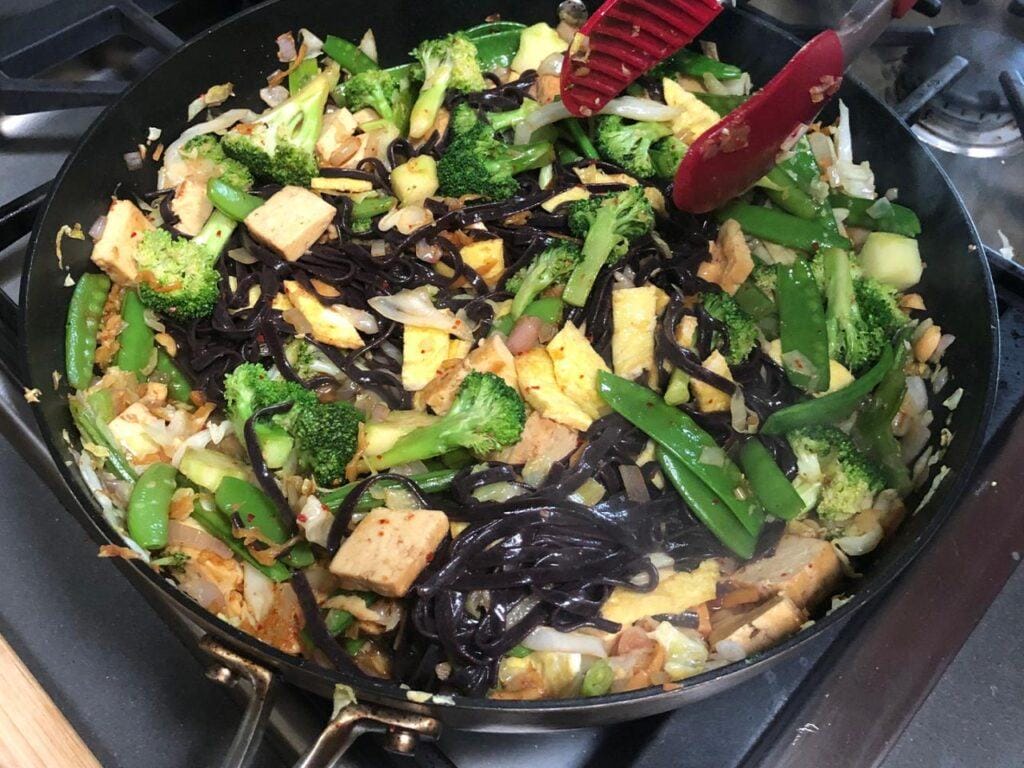
Serving Suggestions for Thai Rice Noodles
To start, Thai rice noodles could be used as the base for fresh Vegetable Maki rolls or chilled Somen Noodle Salad for a light appetizer. Their ability to absorb flavors makes them a perfect canvas for the vegetables and dressings.
As a main course, rice noodles provide the foundation for Thai Rice Noodles or Vegetable Lo Mein, soaking up the savory sauces beautifully. They also work well in sides like Korean Curry Rice, allowing the other ingredients to shine while delivering texture.
For dessert, unexpected yet tasty combinations arise when pairing rice noodles with something like Tempura Ice Cream. The chewy noodles contrast the cold, fried cream. Or they can be added to chilled sago or sweet soups like Chocolate Babka or Clear Onion Soup for an interesting meld of textures.
With their versatility from starters to desserts, Thai rice noodles bring their subtle flavor and pleasant chewy quality to a variety of dishes across the dining experience. They readily soak up accompanying sauces and ingredients for a flexible ingredient.
Cooking Tips
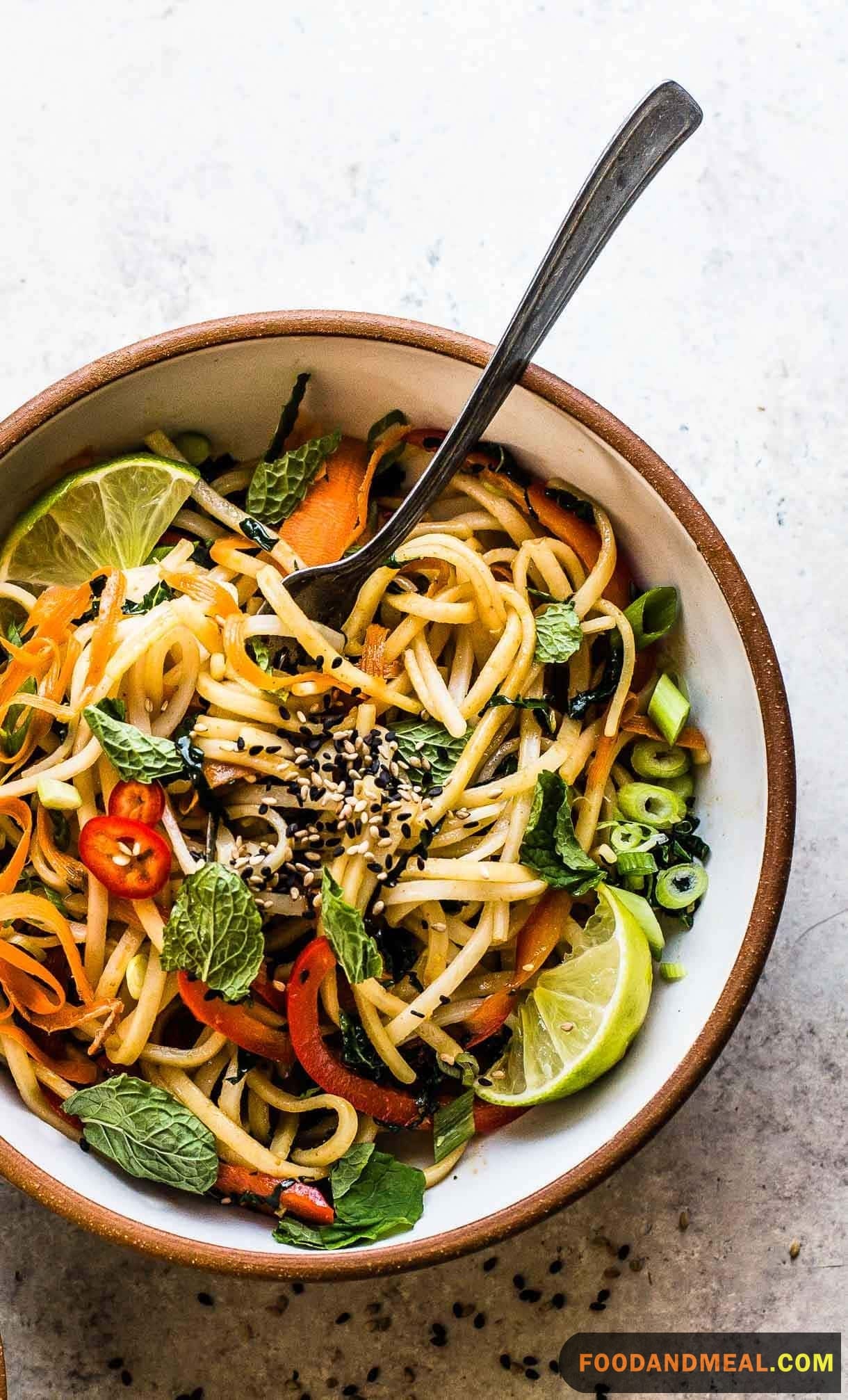
Thai rice noodles are a delightful ingredient that I always enjoy working with in the kitchen. One of my favorite tips for preparing them is to soak the dry noodles in warm water for about 10-15 minutes before cooking. This rehydrates the noodles just enough so that they don’t end up overcooked and mushy when you stir-fry or simmer them in your dish.
I find it’s best to drain the soaked noodles well and add them to your hot wok or pan right before you’re ready to combine all the ingredients. That way they maintain an appealing chewy-tender texture without becoming gummy or falling apart.
Another tip I like to keep in mind is to cut the noodles into shorter lengths, maybe 6-8 inches long, before cooking. The long strands can be tricky to distribute evenly and eat gracefully, so I prefer more manageable lengths. Kitchen scissors make quick work of this.
When it comes to sauces, I’m rather partial to the classic combo of fish sauce, oyster sauce, a pinch of sugar, and lime juice. The salty, savory, sweet and sour flavors just make the noodles come alive in an exciting way. That said, I always encourage experimenting with different sauces, proteins and veggies to put your own unique spin on a noodle stir-fry.
FAQs about Thai Rice Noodles
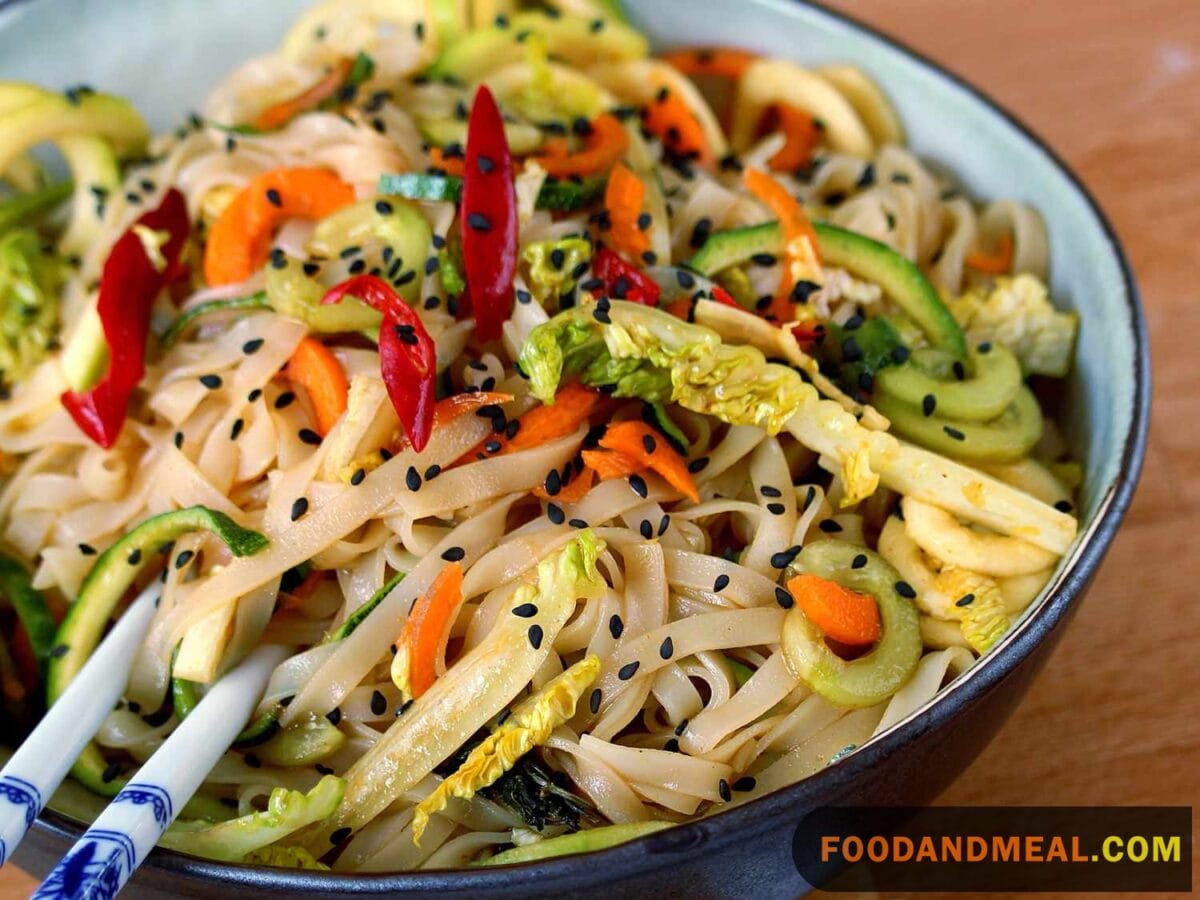
1. Can I use other types of noodles for this recipe? While you can experiment with different noodle types, using traditional Thai rice noodles ensures the dish retains its authentic flavor and texture.
2. How can I store leftover Thai Rice Noodles? Store any leftovers in an airtight container in the refrigerator. They should stay fresh for up to 3 days. When reheating, consider using a pan on low heat to revive their original texture.
3. I don’t have tamarind paste. Can I skip it? Tamarind paste imparts a unique sour flavor to the dish. If unavailable, you can substitute with a combination of lemon juice and a bit of brown sugar to mimic its sweet-sour profile.
4. Is it essential to use a pressure cooker? While the pressure cooker method offers a quicker approach, traditional stir-frying or boiling methods work just as well. The cooker just infuses flavors more intensely.
5. Can I make the dish vegetarian or vegan? Absolutely! You can skip the fish sauce and replace it with soy sauce. Use tofu or tempeh as the protein, and ensure any added ingredients align with vegetarian or vegan preferences.
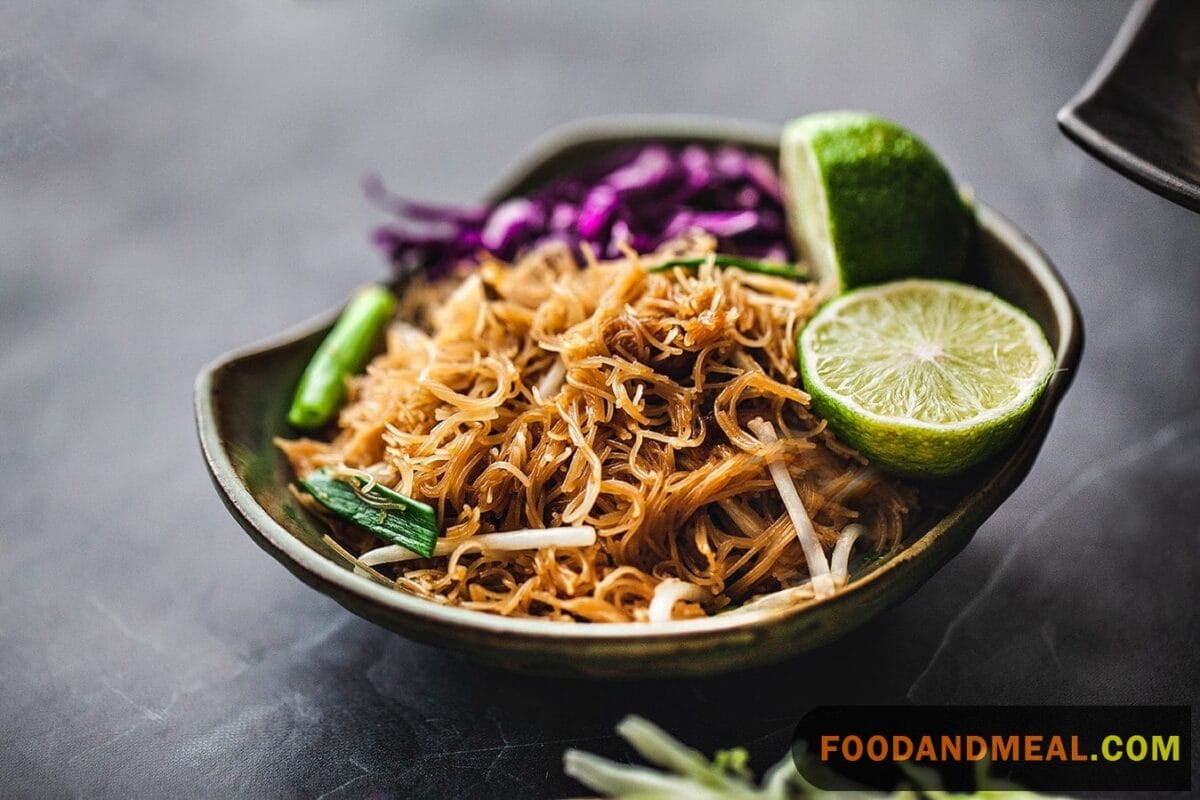
Thai Rice Noodles are more than just a dish; they’re a tapestry of memories, traditions, and flavors. If today’s recipe took you on a culinary voyage, please share it with others who love exploring authentic tastes. And for more such tantalizing journeys, don’t forget to subscribe to our blog. Let’s savor every bite and every story together!
Thanks for your visiting our FoodAndMeal.Com site. Like and share this recipe if it is beneficial for you.
Experience the culinary brilliance of Chef John at Food And Meal Restaurant. With over 20 years of global expertise, My innovative creations and unwavering dedication to cooking have earned me a well-deserved reputation. My passion for gastronomy is showcased in every dish, combining fresh, local ingredients with harmonious flavors and captivating presentations. My ability to tell a story through my food reflects my profound understanding of culture and emotion.



